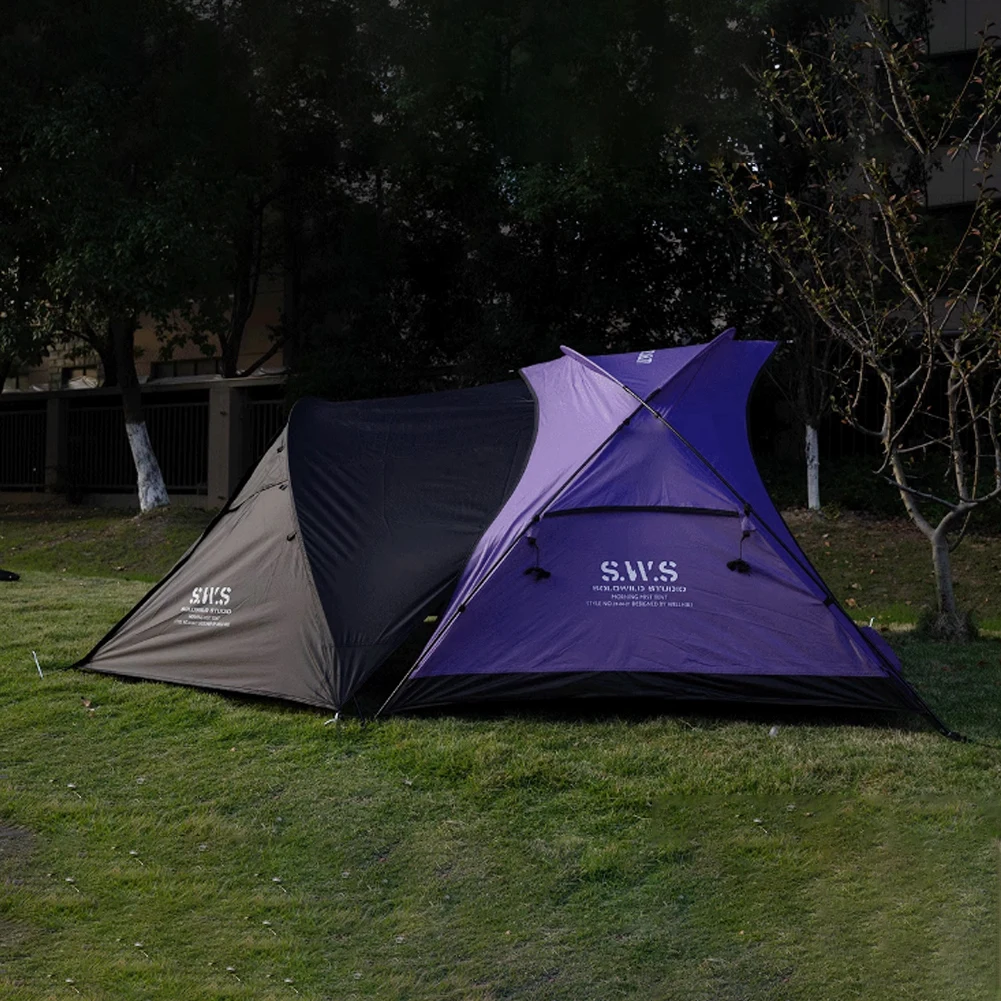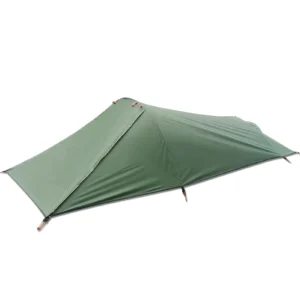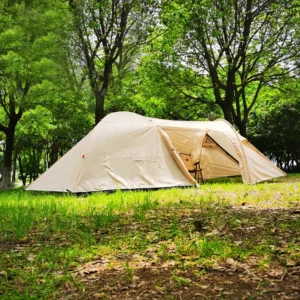Introduction to Weatherproofing for Multi-Day Backpacking
When you’re miles from civilization with everything you need on your back, staying dry isn’t just about comfort—it’s about safety. Multi-day backpacking trips present unique challenges that day hikers simply don’t face: extended exposure to unpredictable weather, limited opportunities to dry wet gear, and the compounding misery that moisture brings when it persists for days.
A single afternoon thunderstorm can transform an epic adventure into a soggy nightmare if you’re unprepared. Imagine setting up camp after a long day on the trail, only to discover your sleeping bag is damp, your spare clothes are soaked, and rain continues to fall—with three more days to go before your planned exit point.
The difference between an enjoyable backcountry experience and a potentially dangerous situation often comes down to:
- Selecting appropriate weatherproof gear for your specific environment
- Understanding layering strategies that work in changing conditions
- Implementing proactive moisture management techniques
Throughout this guide, we’ll explore the science behind weatherproof technologies, dive into specific gear recommendations, and share practical strategies that experienced backpackers rely on. With proper preparation, you can face whatever conditions the backcountry throws your way, maintaining both comfort and safety on your ultimate waterproof gear backpackers need for multi-day adventures.
Understanding Weatherproof Technologies: The Science of Staying Dry
Before diving into specific gear recommendations, it’s important to understand the technology that keeps you dry. Weatherproof gear terms are often misunderstood, which can lead to disappointing performance in the field.
Key Terminology Clarified:
- Waterproof: Prevents water from passing through the material entirely, measured in millimeters of water pressure (hydrostatic head)
- Water-resistant: Repels water to some degree but will eventually soak through under sustained exposure
- Water-repellent: Causes water to bead up and roll off the surface but offers limited protection in heavy rain
- Windproof: Blocks air movement, which is crucial for maintaining body warmth but doesn’t necessarily mean waterproof
Waterproof/Breathable Membrane Technologies
The holy grail of outdoor gear is maintaining waterproofness while allowing sweat vapor to escape. Several technologies approach this challenge differently:
- Gore-Tex: Uses an expanded PTFE membrane with billions of pores small enough to block water droplets but large enough for water vapor to escape
- eVent: Offers direct venting technology that many users find more breathable in high-activity situations
- Proprietary membranes: Many brands develop their own technologies that work similarly, often at lower price points
Understanding waterproof ratings backpacking gear uses can help you make better purchasing decisions. These ratings typically range from 5,000mm (light rain resistance) to 20,000mm+ (heavy, sustained downpour protection).
DWR: Your First Line of Defense
Durable Water Repellent (DWR) is a coating applied to the outer fabric that makes water bead up and roll off instead of saturating the material. This treatment:
- Prevents the outer fabric from becoming soaked (which reduces breathability)
- Wears off over time and needs reapplication
- Is available in more environmentally friendly formulations compared to older versions
Fabric Construction Explained
Waterproof/breathable fabrics come in different constructions:
- 2-layer: Membrane bonded to outer fabric with separate lining; more comfortable but bulkier
- 2.5-layer: Membrane bonded to outer fabric with a protective print pattern; lighter but sometimes less durable
- 3-layer: Membrane sandwiched between outer fabric and inner lining; most durable and often most breathable
The materials used waterproof hiking gear incorporates directly affects comfort, durability, and price. Generally, higher-quality materials maintain breathability better while keeping you dry in challenging conditions.
The Essential Layering System for Weather Protection
The key to staying comfortable in variable backcountry conditions isn’t a single “perfect” garment—it’s a thoughtful layering system that you can adjust throughout the day. This system-based approach allows you to regulate body temperature and manage moisture effectively.
The Three-Layer System Explained
Base Layer: Moisture Management
– Functions as your “second skin” to wick sweat away from your body
– Materials matter significantly:
* Merino wool: Naturally odor-resistant, insulates when damp, but dries slower
* Synthetic fabrics: Dry quickly, durable, but may retain odors
– Avoid cotton at all costs: Once wet, it stays wet and draws heat from your body (hence the saying “cotton kills”)
Mid Layer: Insulation
– Traps warm air next to your body while allowing moisture to move outward
– Options include:
* Fleece: Affordable, dries quickly, insulates when damp
* Down: Highest warmth-to-weight ratio but loses insulating properties when wet
* Synthetic fills: Maintain more warmth when damp than down, dry faster
Outer Layer: Weather Protection
– Shields you from rain, snow, and wind
– Two main categories:
* Hardshells: Fully waterproof but less breathable; essential for heavy precipitation
* Softshells: More breathable and flexible but only water-resistant; better for high-output activities in drier conditions
Dynamic Layering Strategies
The art of staying comfortable comes from adjusting these layers throughout your day:
– Remove layers before you start sweating during steep climbs
– Add layers immediately when stopping for breaks
– Consider your personal “thermometer” (some people run hot, others cold)
The key to successful rainy backpacking staying dry is preventing excessive sweat build-up while maintaining protection from external moisture. Remember that moisture from the inside (sweat) can make you just as wet and cold as moisture from the outside (rain).
Weatherproof Rain Gear: Your First Line of Defense
When precipitation hits, your rain gear becomes the most critical element of your clothing system. Quality rain gear isn’t just about staying dry—it’s about maintaining mobility and comfort during active outdoor pursuits.
Rain Jackets (Hardshells)
Look for these crucial features when selecting a rain jacket for multi-day backpacking:
- Hood design: Must accommodate a hat or helmet, feature adjustments to maintain peripheral vision, and include a stiff brim to direct water away from your face
- Ventilation options: Pit zips, mesh-lined pockets, and adjustable cuffs allow you to release excess heat and moisture
- Seam treatment: Fully taped seams prevent water from seeping through stitch holes
- Packability: Consider compressed size, especially important for multi-day trips where pack space is at a premium
The trade-off between weight and durability is particularly important. Ultralight rain shells (under 8oz) may save weight but often use thinner materials that can tear more easily. For multi-day trips in remote areas, slightly heavier (10-14oz) options often provide better long-term protection.
Rain Pants
While sometimes overlooked, rain pants are essential for truly wet conditions:
- Full-length side zippers allow you to put them on over boots when rain starts
- Articulated knees improve hiking mobility
- Reinforced seat and knees prevent premature wear from pack contact and kneeling
- Ankle adjustments keep pants from catching on brush or letting in splashes
Hand Protection
Don’t forget your extremities! Cold, wet hands can quickly become unusable in the backcountry:
– Waterproof gloves or mittens
– Rain mitts that can layer over insulating gloves in cold conditions
For a complete setup covering all the essential waterproof gear backpackers need, consider how your rain gear integrates with your backpack and shelter systems for comprehensive protection.
Weather-Resistant Shelter Systems for Backcountry Protection
Your shelter is your home in the backcountry and your ultimate refuge from harsh weather. When the rain is pouring and the wind is howling, the quality of your shelter system directly impacts your comfort, safety, and overall experience.
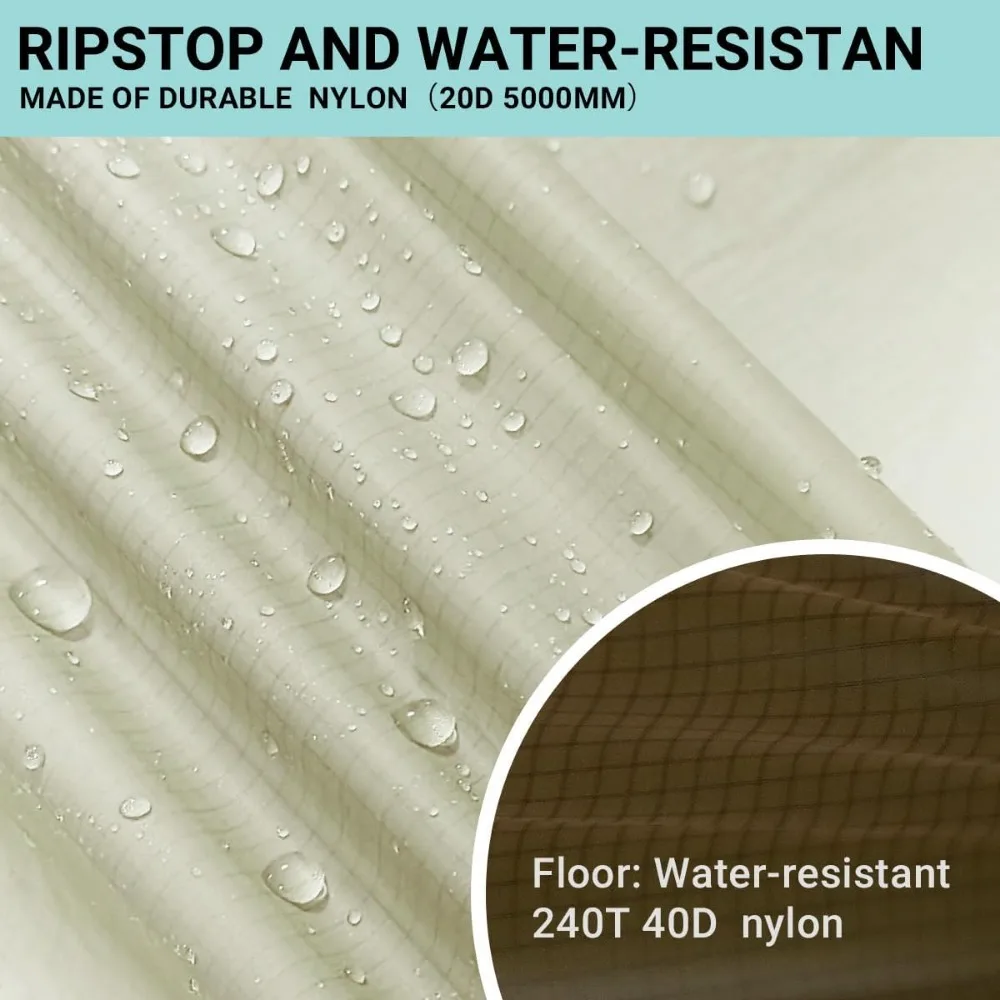
Tents: Your Critical Weather Barrier
When evaluating tents for weather resistance, focus on these key elements:
- Rainfly coverage: Full-coverage rainflys that extend to the ground provide superior protection compared to partial coverage designs
- Vestibule design: Spacious vestibules allow you to store wet gear outside your sleeping area while keeping it protected
- Bathtub floors: Higher waterproof floors (3-4 inches up the side) prevent seepage during ground flooding
- Ventilation systems: Strategic placement of vents helps manage condensation, a significant source of interior moisture
- Pole structure: More crossing points and additional poles increase stability in high winds
Seam sealing is particularly critical for weatherproofing. Factory-taped seams are good, but adding seam sealer to stress points before major trips provides additional security against leakage.
The top waterproof shelter picks for multi-day backpacking balance weather protection with reasonable weight. When selecting an ultimate guide choosing tent multi-day treks, consider both the weather conditions you expect and those you might unexpectedly encounter.
Alternative Shelters for Experienced Backpackers
Beyond traditional tents, other shelter options include:
- Tarps: Ultralight and versatile but require skill to pitch securely in adverse conditions
- Hammock systems with rainflys: Excellent for keeping you off wet ground but require appropriate trees and additional insulation underneath
- Bivy sacks: Minimal protection that excels in weight savings but offers limited living space
For complete protection, explore our waterproof backpacking tent options designed specifically for challenging weather conditions.
Strategic Campsite Selection
Even the best shelter can be compromised by poor campsite selection:
– Avoid low areas where water collects
– Be wary of camping under damaged or dead trees in windy conditions
– Position your tent door away from the prevailing wind direction
– Look for natural windbreaks like rock formations or healthy stands of trees
Keeping Your Sleep System Dry and Warm
Your sleep system is your recovery center in the backcountry. After a long day of hiking, a dry, warm sleeping setup is essential for proper rest and recovery—and potentially for preventing hypothermia in cold, wet conditions.
Sleeping Bag Considerations for Wet Conditions
The insulation type in your sleeping bag makes a significant difference in wet environments:
- Down insulation:
- Highest warmth-to-weight ratio when dry
- Loses most of its insulating properties when wet
- Takes a long time to dry
“Hydrophobic down” treatments help resist moisture but don’t make down equal to synthetic when wet
Synthetic insulation:
- Maintains approximately 60-70% of insulating properties when damp
- Dries much faster than down
- Heavier and bulkier for equivalent warmth
- Often the better choice for consistently wet environments
The shell fabric of your sleeping bag also matters—look for options with DWR treatment to shed light moisture.
Sleeping Pad Considerations
Your sleeping pad isn’t just for comfort—it provides crucial insulation between you and the cold ground:
- R-value measures insulating power (higher numbers = better insulation)
- For three-season backpacking, look for R-values of 3+
- In cold, wet conditions, consider R-values of 5+ as wet ground conducts cold more effectively
Emergency Sleep System Protection
Even with careful packing, sleep systems can get wet. Always have a plan B:
- Vapor barrier liners can be used inside a sleeping bag to prevent body moisture from dampening insulation
- Emergency space blankets can provide additional warmth around a damp sleeping bag
- Clothing layering techniques like wearing all your dry layers to sleep if necessary
Our ultralight backpacking tent collection offers excellent protection for sleep systems while minimizing weight penalty.
Pack Protection: Keeping Your Gear Dry When It Matters Most
Your backpack is the command center of your adventure, and keeping its contents dry is essential for comfort and safety. There are multiple approaches to pack protection, each with distinct advantages.
Backpack Rain Covers
Pros:
– Easy to put on and take off quickly when rain starts
– Relatively inexpensive
– Protects the outer fabric of your pack from saturation
Cons:
– Can catch wind like a sail in stormy conditions
– Often leave the back panel exposed, allowing water to seep in
– May tear on brushy trails or when taking your pack on and off
Pack Liners
Pros:
– Protect contents even if the pack exterior gets soaked
– Cannot blow away in wind
– Often lighter than rain covers
– Simple and reliable
Cons:
– Make accessing items deeper in your pack more complicated
– Don’t protect the pack fabric itself from saturation and added weight
Many experienced backpackers consider a pack liner (often a thick trash compactor bag) the more reliable option for essential gear protection.
Waterproof Stuff Sacks and Organization
Not all items require the same level of protection. Consider organizing by priority:
- Critical items (sleeping bag, insulating layers) deserve dedicated waterproof stuff sacks with roll-top closures
- Important but less critical items (food, clothes) can use water-resistant stuff sacks
- Already waterproof items (fuel canisters, some toiletries) need minimal protection
Creating a system where your backpacking big 3 essential gear (shelter, sleep system, and backpack) stays dry through redundant protection gives you peace of mind in challenging conditions.
Footwear Strategies for Wet Conditions
Few aspects of backpacking generate more passionate debate than footwear choices for wet conditions. The reality is that there’s no perfect solution—just different approaches with their own advantages.
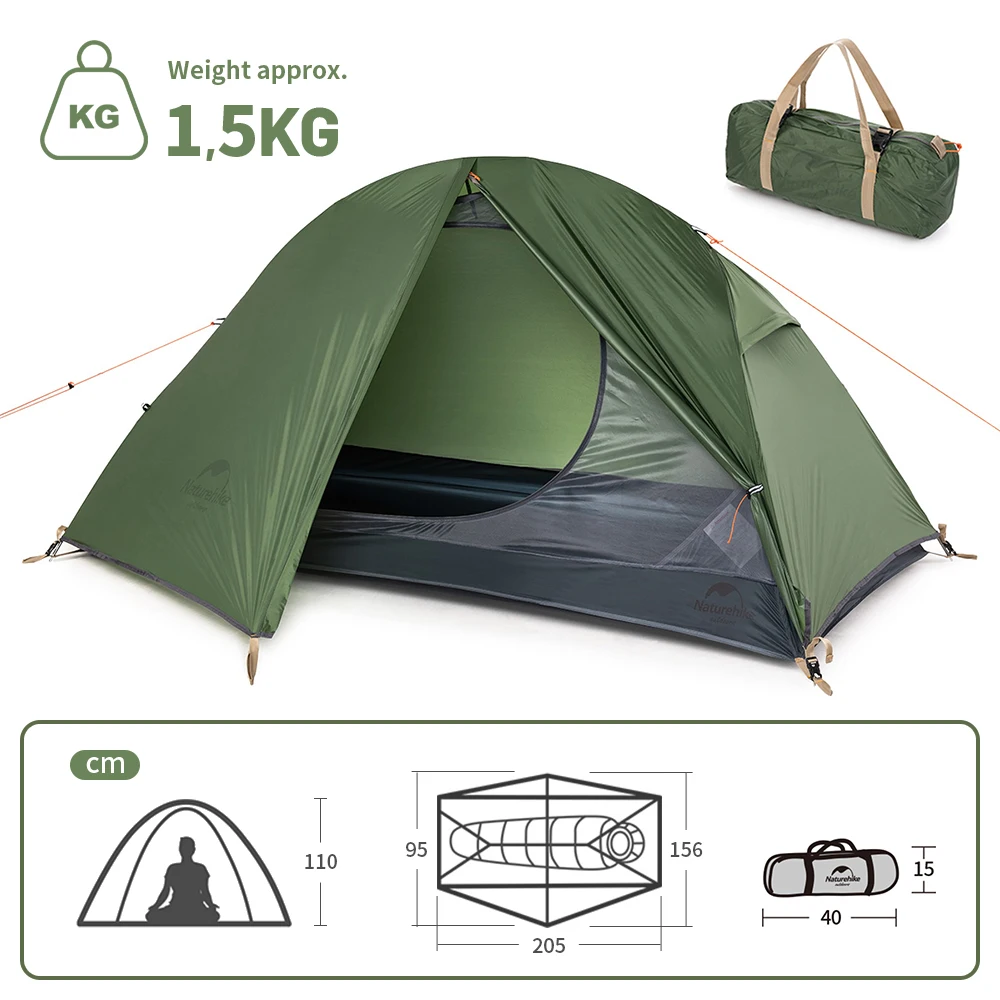
Waterproof Footwear Approach
Waterproof boots or shoes using membranes like Gore-Tex aim to keep water out completely:
Advantages:
– Effective in light rain, morning dew, and shallow puddles
– Provide good protection in snow conditions
– Keep feet warmer in cold, damp conditions
Limitations:
– Once water enters (over the top or through damage), it stays trapped inside
– Significantly slower to dry once wet inside
– Generally heavier than non-waterproof alternatives
– Less breathable, causing feet to sweat more during exertion
Quick-Drying Footwear Approach
Many long-distance backpackers prefer non-waterproof, quick-drying trail runners:
Advantages:
– When they get wet, they dry much faster (often overnight)
– Lighter weight reduces fatigue
– Better breathability prevents excessive sweating
– More comfortable in warm conditions
Limitations:
– Feet will get wet in rain or water crossings
– May feel colder in cool, wet conditions
Gaiters: The Helpful Addition
Regardless of your footwear choice, gaiters provide additional protection:
– Prevent water, debris, and snow from entering the top of your footwear
– Protect pants from mud splatter
– Shield laces and upper materials from abrasion
Sock Strategy is Crucial
Your sock system matters as much as your footwear choice:
– Wool or synthetic materials maintain some warmth when wet
– Always pack at least one pair of sleep socks kept absolutely dry at all costs
– Consider vapor barrier sock liners in very cold, wet conditions
The best solution often depends on your trip conditions, preferences, and whether you have camp shoes that allow your primary footwear to dry. For extended trips in rainy conditions, waterproof camping tent options provide essential dry space for managing wet footwear.
Essential Moisture Management Strategies
Beyond gear selection, successful weatherproofing requires smart moisture management techniques. These field-tested strategies can make the difference between discomfort and disaster.
Setting Up Camp in the Rain
When you must establish camp during rainfall:
– Set up your rain fly or tarp first, then pitch the tent body underneath it
– Use your backpack rain cover as a temporary shelter while setting up
– Keep your pack closed/covered during setup to minimize interior exposure
– Have a designated “wet side” and “dry side” of your vestibule
Condensation Management
In enclosed shelters, condensation can make you as wet as rain:
– Leave vents open whenever possible, even in cold conditions
– Position your sleeping bag/pad away from tent walls
– Avoid cooking inside your tent (dangerous and adds moisture)
– Shake out condensation from tent walls before packing up
The Sacred Dry Clothes System
One of the most important backcountry skills is maintaining at least one set of dry clothes:
– Reserve a complete set of base layers exclusively for sleeping
– Store sleep clothes in a waterproof stuff sack, ideally double-bagged
– Change into dry sleep clothes immediately upon making camp
– Never hike in your sleep clothes, no matter how tempting
Proper maintaining waterproof gear care guide techniques ensure your equipment provides lasting protection trip after trip.
Using Body Heat as a Drying Tool
Your body is a powerful heat source that can dry small items:
– Damp socks can be placed between your sleeping bag and pad
– Small items like gloves can go in pockets close to your core
– Never put wet items inside your sleeping bag as this compromises insulation
Weight vs. Protection: Finding Your Balance
The eternal backpacker’s dilemma: how much weather protection do you need, and how much weight can you justify carrying? There’s no universal answer, but there is a thoughtful approach to finding your personal balance.
The Protection Spectrum
Backpacking approaches range across a spectrum:
– Ultralight minimalist: Accepts higher risk for significant weight savings
– Middle ground: Balances reasonable protection with weight consciousness
– Bombproof: Prioritizes maximum protection regardless of weight penalty
Your approach should reflect:
– Your experience level and comfort with uncertainty
– The remoteness of your planned route
– Expected weather conditions and season
– Trip duration (longer trips may justify better protection)
– Consequences of gear failure in your specific environment
Multi-functional Gear Considerations
Look for gear that serves multiple purposes to maximize protection while minimizing weight:
– Trekking poles that double as tent supports
– Rain jackets that serve as windbreakers and bug protection
– Stuff sacks that function as pillows
Understanding whether is 3000mm waterproof enough for your specific conditions helps make appropriate choices without overspending or carrying unnecessary weight.
Questions for Honest Self-Assessment
When making gear decisions, ask yourself:
– Am I choosing this lighter option because it truly meets my needs, or am I sacrificing necessary protection?
– What’s the worst weather I might reasonably encounter?
– How well can I manage if my primary protection fails?
– Does saving 8 ounces justify a significant reduction in weather resistance?
Lightweight Backpacking Tent, Ultralight Backpacking Tent, Ultralight Bivy Tent
Ultralight Single Person Camping Tent with Aluminum Poles for 3-Season Backpacking Waterproof DesignPrice range: $94.88 through $326.82 Select options This product has multiple variants. The options may be chosen on the product pageLightweight Backpacking Tent, Ultralight Backpacking Tent, Waterproof Backpacking Tent
$391.05 Select options This product has multiple variants. The options may be chosen on the product pageHeavy Duty 4 Season Tent, Mountaineering Tent, Winter Camping Tent
$870.40 Select options This product has multiple variants. The options may be chosen on the product pageCompact Backpacking Tent, Lightweight Backpacking Tent, Waterproof Camping Tent
$335.52 Select options This product has multiple variants. The options may be chosen on the product pageUltralight Backpacking Tent, Ultralight Dome Tent, Winter Camping Tent
Price range: $369.63 through $370.07 Select options This product has multiple variants. The options may be chosen on the product pageCamping Tent with Vestibule, Waterproof Camping Tent
Price range: $407.89 through $479.48 Select options This product has multiple variants. The options may be chosen on the product page
Care and Maintenance of Weatherproof Gear
Even the highest quality weatherproof gear will fail prematurely without proper care. Understanding maintenance extends the life of your investment and ensures reliable performance when you need it most.
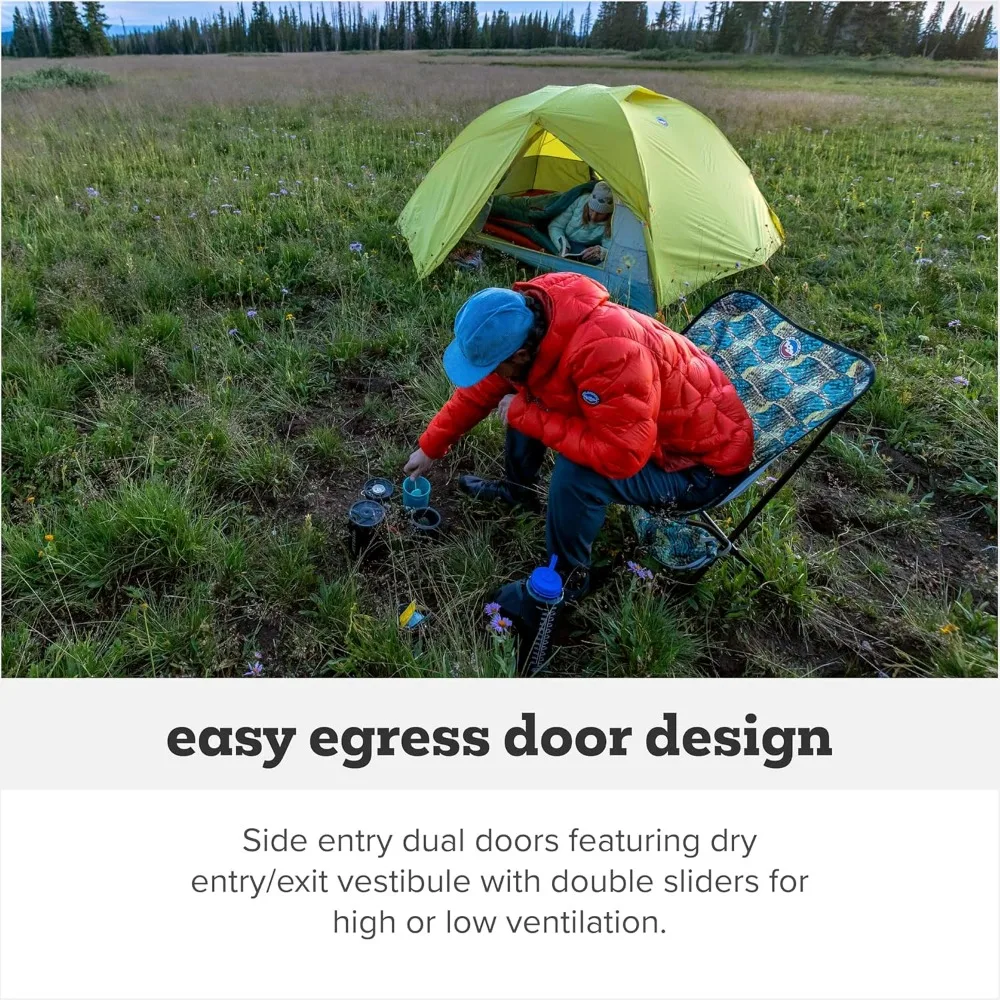
Cleaning Waterproof Garments
Proper cleaning restores breathability and extends waterproofing:
1. Empty all pockets and close all zippers and fasteners
2. Wash in cold water with technical cleaner (not regular detergent)
3. Rinse thoroughly to remove all soap residue
4. Air dry or tumble dry on low heat according to manufacturer instructions
Restoring DWR Treatments
When water no longer beads up on your gear’s surface:
1. Clean the garment first using the steps above
2. Apply spray-on or wash-in DWR treatment
3. Heat activate according to product instructions (usually low tumble dry or iron on low)
4. Test by sprinkling water—it should bead up and roll off
Field Repairs for Common Issues
Always carry a repair kit for multi-day trips:
– Seam sealer for tent and rain gear seams
– Tenacious Tape for tears in fabrics
– Needle and thread for more substantial repairs
Knowing how to properly use these items before you need them in the field is essential. Practice repairs at home first.
For specialized weather protection in winter conditions, explore our 4-season winter 2-person tents designed to handle snow loads and harsh conditions.
Is Your Gear Really Ready? Common Mistakes to Avoid
Are you relying on new, untested gear for a major trip?
- Always test new gear in controlled conditions first
- Set up tents in the backyard during actual rain
- Wear new rain gear in the shower or during a neighborhood walk in wet weather
Have you neglected regular maintenance of your waterproof items?
- Dirt and oils clog breathable membranes and compromise performance
- DWR treatments wear off over time and need renewal
- Seam tape can fail after extended use
Are you depending on waterproof gear that’s past its prime?
- Most waterproof/breathable gear has a limited lifespan (typically 3-7 years of regular use)
- Delamination, permanent contamination, and material breakdown cannot be fixed
- Sometimes replacement is the only reliable solution
Are you missing crucial areas of protection in your system?
- Focus on both obvious and less obvious vulnerability points
- The junction between pants and footwear
- Pack access points during rain
- Hat and glove systems
Understanding the benefits waterproofing outdoor gear provides helps you prioritize maintenance and replacement schedules appropriately.
Recommended Weatherproof Gear Features for Different Conditions
| Condition | Shelter Features | Clothing Features | Pack Protection |
|---|---|---|---|
| Light, Occasional Rain | Standard rainfly, good ventilation | Basic DWR treatment, pit zips | Pack cover may be sufficient |
| Persistent Heavy Rain | Full-coverage rainfly, large vestibules | 3-layer construction, storm cuffs, hood adjustments | Pack liner AND dry bags for critical items |
| Cold Rain Conditions | Minimal mesh panels, extra guy lines | Helmet-compatible hood, waterproof gloves, higher waterproof rating | Vapor barrier strategies for sleep system |
| Mixed Rain and Snow | Stronger pole structure, steep walls | Layering versatility, reinforced wear points | Multiple smaller dry bags for organization |
| High-Wind Environments | Low-profile design, additional guy points | Adjustable features to prevent flapping, chin guard | Compression straps to stabilize load |
For lightweight shelter solutions that don’t compromise on weather protection, our lightweight backpacking tent collection offers excellent options for varying conditions.
Final Thoughts: Confidence Through Preparation
The true value of quality weatherproof gear and knowledge isn’t just staying dry—it’s the confidence to venture farther, explore more ambitious routes, and fully immerse yourself in the backcountry experience regardless of conditions.
Weather challenges are inevitable on multi-day trips, but discomfort and danger are not. With proper preparation, testing, and system refinement, you can maintain comfort and safety even when the forecast turns unfavorable.
The reward for this preparation is the freedom to focus on the breathtaking landscapes around you rather than the discomfort of wet, cold gear. Take these principles, adapt them to your personal preferences and adventure style, and enjoy the peace of mind that comes from being truly ready for whatever nature brings.

